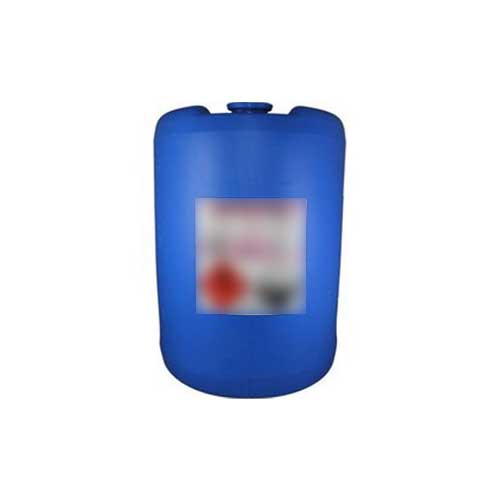ADIPIC ACID (CH2)4(COOH)2
ABOUT:
- Used as a starting material for the production of nylon-6,6
- Used as a food and cosmetic ingredient
- Used in the production of polyurethanes and other polymers.
Adipic acid is typically manufactured through a multi-step process that involves the oxidation of cyclohexanol. The process includes the following steps:
- Cyclohexanol oxidation to produce cyclohexanone, which is then further oxidized to produce cyclohexenoic acid.
- Cyclohexenoic acid esterification to produce adipic acid ester.
- Adipic acid hydrolysis to produce adipic acid.
- The adipic acid is then purified through distillation and crystallization to obtain a high-purity product.
PHYSICAL PROPERTIES:
Appearance: Colorless to white crystals
Odour: Odourless crystals
Taste: Sour taste
Melting point:152-154°C
Boiling point:324°C
pH value:4.4
Molecular weight:146.14 g/mol
Density:1.41 g/cm3 (at 20°C)
CHEMICAL PROPERTIES:
- Adipic acid is a dicarboxylic acid meaning it contains two carboxyl functional groups (-COOH).
- It is soluble in water and polar solvents and is insoluble in nonpolar solvents.
APPLICATIONS:
- Adipic acid is a key ingredient in the production of nylon, which is used in the automobile industry as an engineering plastic, to make carpet fibers; and fabric used in seat belts, airbags etc.
- Adipic Acid is a raw material for the production of polyurethane foams.
- Adipic acid is used as a feedstock in the production of other chemicals, such as alkyd resins and plasticizers.
- In fiber processing, adipic acid can be used as a co-monomer to modify the properties of synthetic fibers, such as improving their resistance to heat and abrasion.
- Adipic acid is used as a raw material in the production of polyurethane (PU) foam, which is commonly used as an insole material in the footwear industry.
- Adipic acid-based PU resins are commonly used in industrial and protective coatings, as well as in the production of flexible and rigid foams.
- The high reactivity of adipic acid makes it a suitable ingredient in crosslinked polyurethane (CLPU) coatings, which are known for their excellent resistance to abrasion, chemical, and thermal degradation.
SAFETY MEASURES:
- Protective Clothing: Wear gloves, eye protection, and a laboratory coat to minimize skin and eye exposure.
- Respiratory Protection: Adipic acid can release fumes that are irritating to the eyes, nose, and throat. Use proper respiratory protection such as a mask or respirator to prevent inhalation of fumes.
- Ventilation: Ensure that the work area is well-ventilated to minimize the concentration of fumes in the air.
- Spill Response: Adipic acid is a highly corrosive substance and can cause serious skin and eye damage if it comes into contact with the skin. Keep a spill response kit available and know how to use it.
- Storage: Store adipic acid in a cool, dry place, away from heat and flame sources. Store containers in a well-ventilated area, away from incompatible materials.
- Label and Material Safety Data Sheet (MSDS): Ensure that all containers of adipic acid are clearly labeled and that the MSDS is readily accessible in case of an emergency.




Reviews
There are no reviews yet.